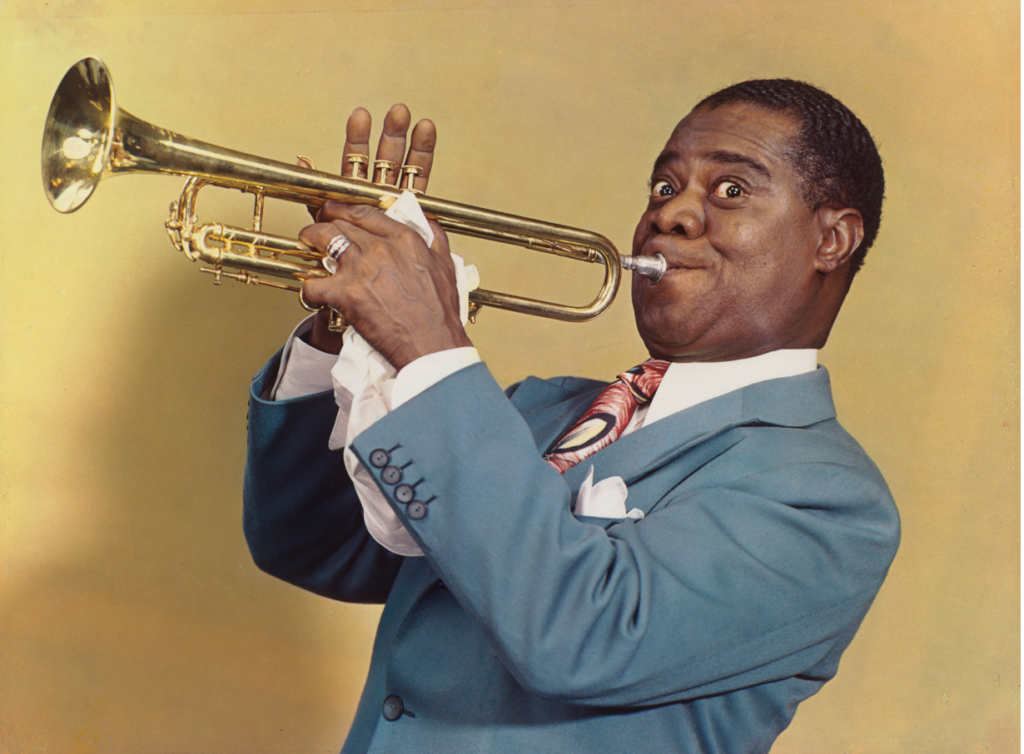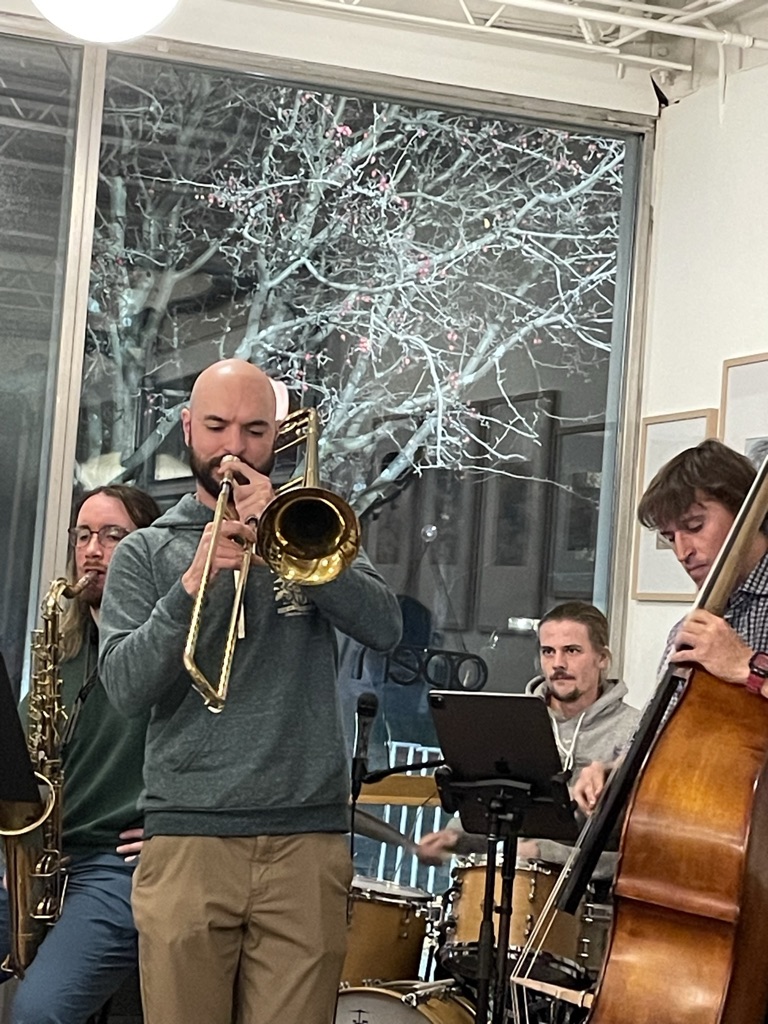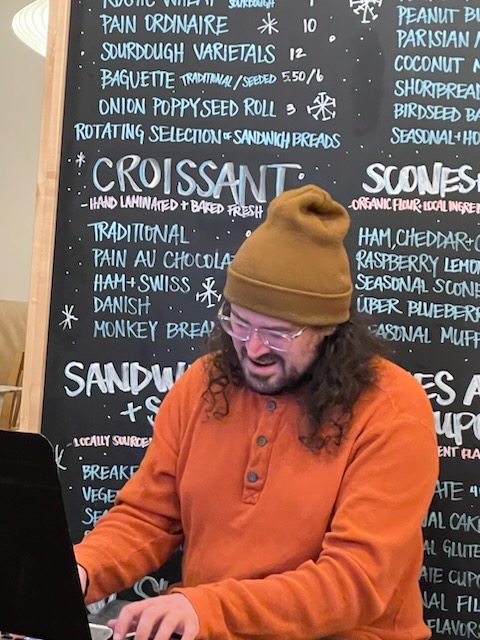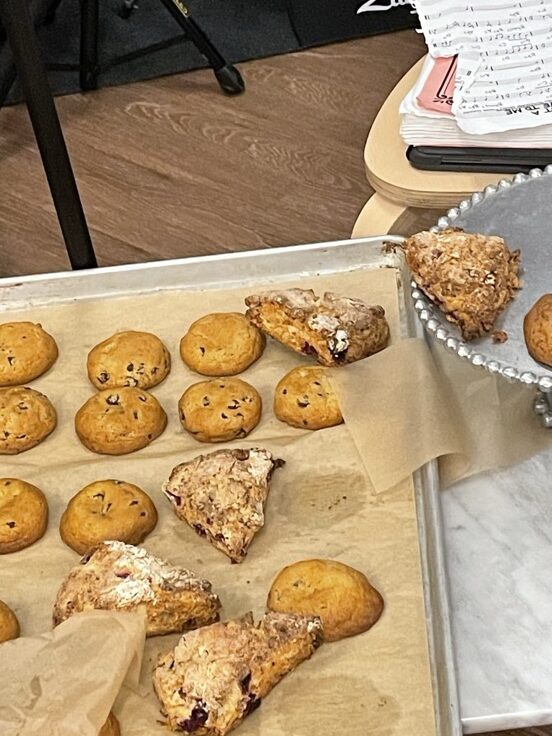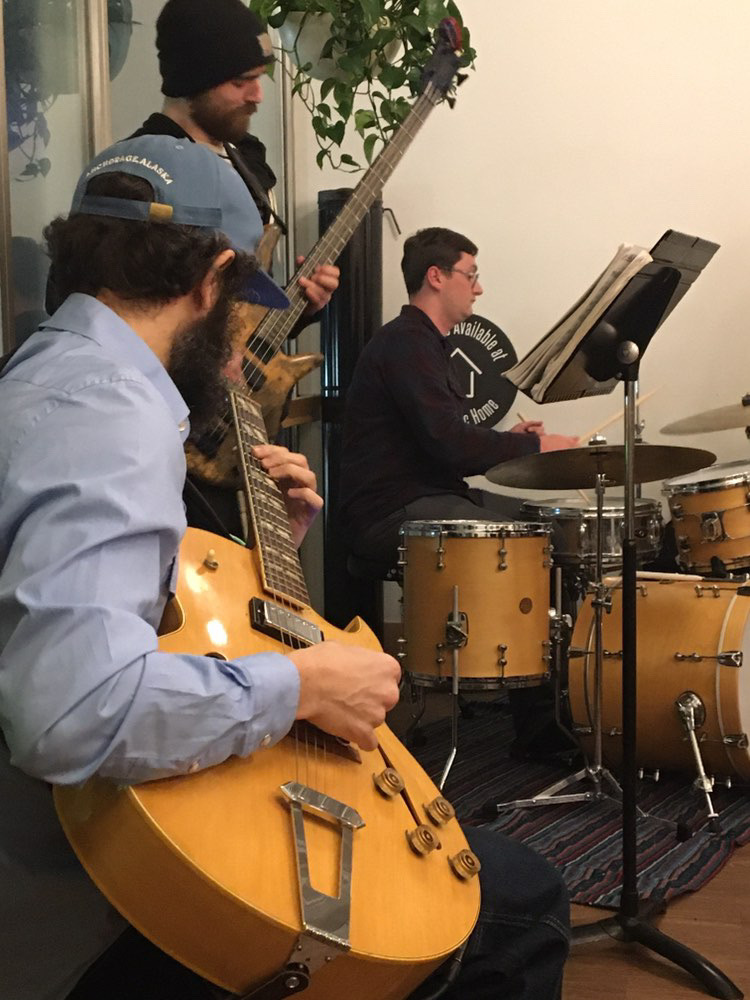Guidance for the uninitiated ~
“If you have to ask what jazz is, you’ll never know,” – Louis Armstrong.
That’s a great quote. Hopefully something of the immediacy, spontaneity and passion of the music meets your perception in a way that is self-evident, and on a visceral level, you KNOW what it is. The prose that follows is addressed to those who aspire to a more nuanced understanding of the formal aspects of the art form.
Jazz music is a kaleidoscopically rich topic because any thorough discussion of it would need to include anthropology, ethnicity, history, geography, sociology, social justice, composition, improvisation, instrumentation, aesthetics and more. Some link and book recommendations are provided below for those looking to take the deeper dive. The content of this page humbly offers the uninitiated listener a practical overview of jazz performance culture, with the aim of enhancing their enjoyment. After the jam session, I’m often approached by people who say something along the lines of, “I like watching the interactions between musicians, and I can tell something is going on, but I can’t decode it, and I wish I could.” These are my favorite listeners; their curiosity is the highest compliment.
Here are some insights that might help-
In the most basic iteration of a jazz tune, one or more instruments will present the melody. This is colloquially known as “taking the head.” Shorter melodies are often presented twice, longer melodies usually only once. There is a “form” that supports the melody, consisting of a certain number of musical bars that contain a chord structure that matches and compliments the melody. After the melody is presented, those who wish to “solo” get a chance to improvise over the time and chord structure of the form, creating their own melodies within the framework of the tune. When everyone who wishes to solo has had a chance, the melody is presented again and the piece ends.
An elaborated version of this structure might include an introduction before the presentation of the melody. Some standard tunes have built-in introductions that are well-known. Other times, the players may concoct an introduction on the spot, using simple, easily communicable ideas. Tunes often end by repeating the last phrase of the melody one or two times. This is called a “tag.” When watching a rehearsed ensemble that plays together often, you will likely notice more of these add-ons, which are usually referred to as “an arrangement.” At the jam session, there’s a fair amount of guess work and sometimes things get a little messy.
During solos, the instrumentalists who can play chords (piano, guitar, vibraphone) will “comp” for the soloist. The term “comp” may derive from accompany or from complement, either way, the idea is that harmony players lend support to the soloists by providing the chord structure and some interaction. To put it metaphorically, it’s a lot like when you listen to someone telling a story and occasionally nod and say “yeah, “oh,” or “wow,” to affirm your understanding and appreciation of the story. Typically, only one harmony player will comp for the soloist at a time, but players who are familiar with each other and are confident that they won’t clash might comp together, especially on modern tunes that are based more on the rhythmic underpinnings of rock’n’roll or funk.
When it’s time for the drummer to solo, it is common for the other players to drop out while the drummer fills the bar structure of the form with rhythmic ideas. You may notice the jammers counting out loud or humming the melody to keep their place. Coming back in together after a drum solo can be a challenge! Another common way to feature the drummer is “trading fours,” which means that one of the soloists will improvise for four bars with the support of the ensemble, and then everyone drops out leaving just the drummer for four bars, and then another soloist, then the drummer, etc. The form of the piece is kept while this goes on. On pieces with faster tempos, the band may trade eights instead of fours.
Jammers at the session are often looking at books (physical or digital) of “lead sheets,” which are sketches of compositions- sort of like cliff notes. The lead sheet provides a simple iteration of the melody and the chord structure, both of which can be modified and embellished. One difference you might notice between the more experienced players and the aspiring players is that the experienced players know more tunes by heart, understand the syntax, and are less bound to their sheet music. They might glance at it for reference as needed, but their awareness is up in the room and there is a great deal of visual communication taking place. You can see them checking in with a glance or a nod, sometimes even a few words, keeping the group together, agreeing on harmony or rhythmic details or other aspects of the music. You may observe less experienced players clinging to their sheet music for dear life and missing entirely the complex social interaction of the “pros” around them. That’s to be expected, as one important purpose of having a jam session is to create an environment in which more experienced players can pull less experienced players up. It is a valuable and needed intermediate space between the classroom and the professional stage.
Jazz is over 100 years old. The repertoire developed over decades and across the geographies touched by the West African diaspora, which is basically… everywhere. Performance practice and styles vary by time and place. Well-versed players can code switch to play in the style of the ‘30’s, ‘40’s, ‘50’s, etc., and can interpret standards with rhythms derived from Caribbean and South American styles, Cuban and Brazilian styles being the most prevalent.
So, there’s a lot going on! Be patient with yourself. Music is a language, perhaps one of the most universal. Jazz is one important linguistic branch of that musical tree, with many sub-dialects. One wouldn’t expect to listen to a podcast in a foreign language and expect to understand every word. But if one listened to the language often enough, after a while they could expect to get the outline of the plot, and later eventually details and subtleties, perhaps even humor one day! Maybe attending the Monday community jazz session inspires you to listen to a jazz playlist during the week. You might come across an artist you find particularly compelling and play a record on repeat, catalyzing an opening of the ears. You may even find yourself shining up that old horn that has been sitting in its case in the closet. Music is a slow burn and there’s plenty of time to learn. The Monday session is all about community and participation.
Resources
My three favorite books on jazz history are Jazz On Record, by Brian Priestly, Jazz: a History, by Frank Tirro, and Jazz, by Mervyn Cooke. The Priestly book is the most readable in my opinion. Tirro is extremely comprehensive. These publications are recommended to bookworms looking to take the deep dive.
In terms of visual media, the Ken Burns mini series comes highly recommended. https://www.pbs.org/kenburns/jazz/
